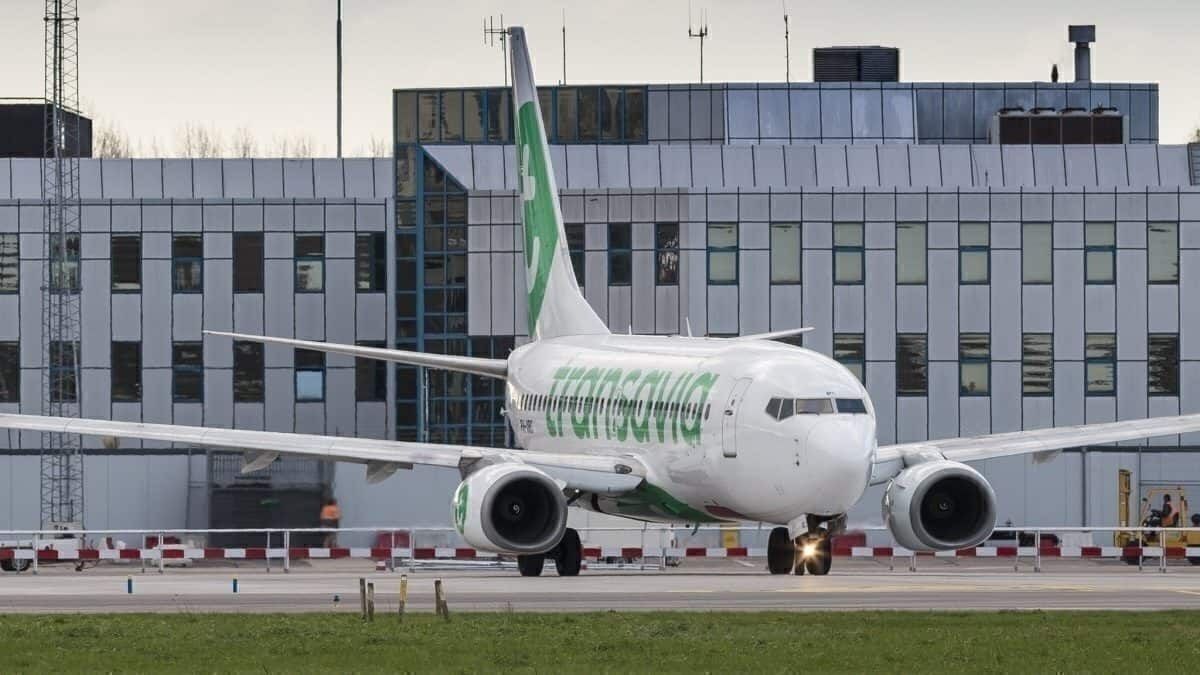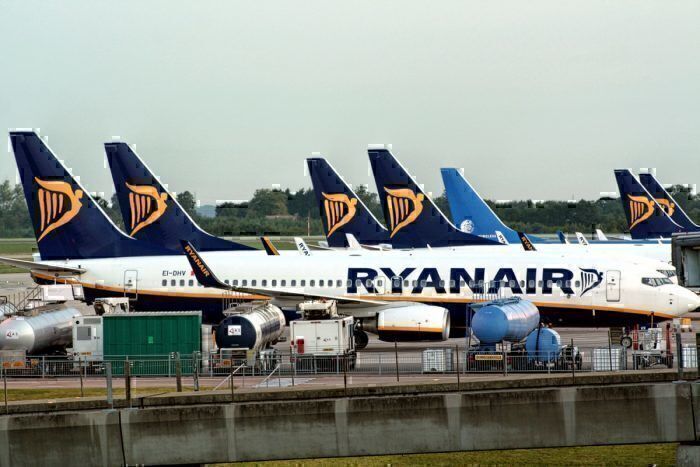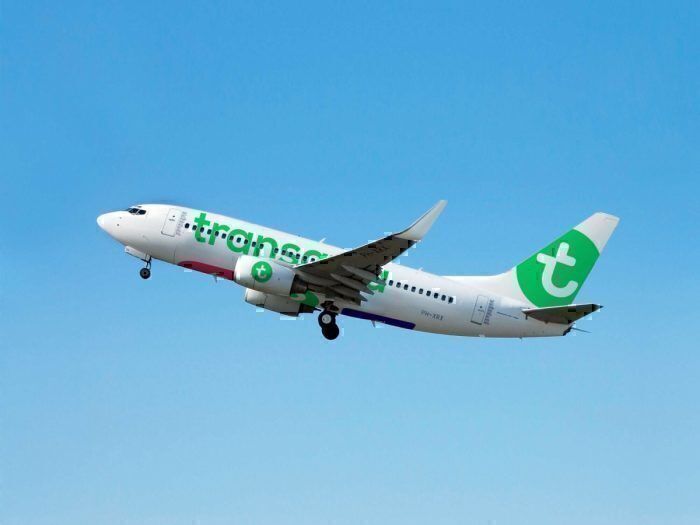A referendum held by an airline pilots union in France has confirmed the willingness of Transavia pilots to build a coherent future with the pilots of Air France-KLM. The low-cost carrier has been locked in a dispute with its pilots for some time now, a situation which could be nearing resolution if cooperation from Air France-KLM can be secured.
In a press release on its website, the SNPL (equivalent to the National Union of Airline Pilots in France) has spoken of "overwhelming" support as its members voted in favor of a Transavia / Air France agreement.
A new vote for development
On the 12th of September 2019, the SNPL chaired a meeting with all of its members in which it discussed the draft Transavia France / Air France agreement. The agreement is part of Air France KLM Group's plans to increase profitability.
The voting officially closed on 30th September, by which point it was clear that the members were in favor of the plans. With 82.82% of the SNPL Transavia participating, there was a majority of 90.78% votes in agreement.
In the official statement on the SNPL website, Vice-President of SNPL Transavia; Cyril Cavanne, spoke of a positive future for Transavia France. He said:
"By approving in their turn this major agreement, the Transavia France pilots open the doors to the full development of their company which will be able in the future to fully reinforce its position of major player on the medium-haul segment of the AF-KLM group."
So what could the new agreement mean for Transavia France?
A competitive future
Well, we know that Transavia wants to compete in the low-cost airline market as a resolute contender. The French arm has 38 aircraft in its fleet right now; all Boeing 737-800s, with plans to bring on even more over the next four years.
However, it will need to expand massively if it wishes to compete with the likes of the 418 737-800s owned by Ryanair or the 318 strong fleet that easyJet operates.
That said, it's already making changes. Back in June, Routes Online reported that Transavia France was adding two new routes for its winter 2019 schedule to Fuerteventura and Lanzarote.
This news preceded the announcement that four new routes to three countries would be added to the summer 2020 schedule. The routes will be to the following destinations:
- Pula, Croatia
- Riga, Latvia
- Ancona, Italy
- Bari, Italy.
As part of the Air France-KLM Group, Transavia France is likely to continue adding to its schedule as well as its fleet and we're sure that we'll be reading more about its development in the future.
Who is Transavia?
Transavia is split into two airlines: Transavia Airlines C.V. and Transavia France.
Transavia Airlines is the Dutch low-cost carrier owned in full by Dutch airline KLM before its merger with Air France. The Air France-KLM Group now owns 100% of the airline as a subsidiary.
Transavia France is owned mainly by Air France with Transavia Airlines owning the other 4% stake in the airline. It was formed in late 2006, with operations beginning in 2007, and flies routes to and from Paris-Orly Airport.
Transavia expansion
Earlier this year, Transavia France was given the thumbs up to increase its fleet, removing the 40 aircraft cap that had been placed on it from the SNPL. The vote, which was fought with resistance for many years, means that the airline can now expand its fleet, allowing it the possibility to compete with other low-cost carriers like Ryanair and easyJet.
On 31 July 2019, it released the following statement:
"Within the framework of the referendum held by the Air France SNPL pilots’ union, Air France SNPL’s members have voted largely in favour of Transavia's development.
Transavia France will be able to grow in economically balanced conditions and without any restrictions on the number of aircraft for the Air France group."
And now, two months on, it is fighting for the possibility of an even brighter future.
How do you think Transavia will develop? Let us know in the comments.



